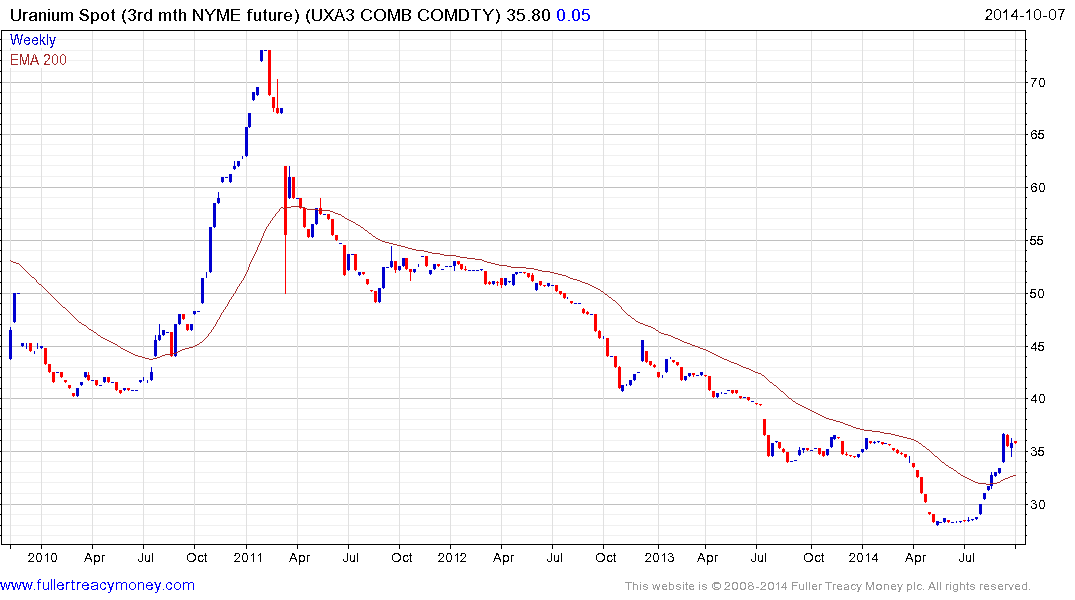International schemes hatch to tap nuclear for industrial heat
Thanks to a subscriber for this informative article from the energy2blog which may be of interest: Here is a section:
The HTR-PM is not to be confused with another ambitious high temperature project underway in China, in which the Chinese Academy of Sciences in Shanghai is developing small prototypes of a salt-cooled, solid fueled pebble bed reactors (Li Fu’s HTR-PM design uses gas cooling) and of a salt-cooled, liquid fueled molten salt reactor. It is targeting a 2019 completion date.
?The two projects reflect a drive in China to develop nuclear power as part of an environmental and energy security push. China even has other advanced reactor projects under way. For example, it hopes to operate a “super critical water-cooled reactor” by 2025, NucNet reported. And its current commitment conventional reactors has become legendary. As I wrote recently, whereas China currently operates only 20 nuclear reactors , it has another 28 under construction, an additional 58 planned, and a staggering 150 or so proposed.
It is also stepping up as an exporter of nuclear reactors and technologies to countries including Saudi Arabia and possibly the UK. Its penchant for selling abroad applies not only to conventional reactors, but to advanced reactors as well. In one of his Vienna slides, Tshinghua’s Li noted that the HTR-PM is “suitable for international market” and that its small size makes it “more flexible for developing countries.”
The development of Generation IV nuclear reactors represents a bold step forward for the prospects of a future with abundant energy. However, the fact that China is the only country presently willing to commit to experimenting with a variety of potential solutions ensures that not only has it a better chance of solving its energy dilemma but that it will gain a technological lead in what is a highly strategic sector. The deterioration in the price of oil and gas together with political ignorance of and ambivalence to new nuclear suggest that North American and European appetites are likely to remain tepid for developing these technologies.
China needs energy and a lot of it. India will face a similar challenge as its large population moves up the scale of GDP per capita. They have an incentive to experiment in order to solve their energy problems and are increasingly doing so. The uranium price took a heavy hit following Fukushima and the removal of Russian supply from the market has more recently acted as a bullish catalyst.

So far there has not been a meaningful response in the majority of shares suggesting that higher prices will need to be sustained for a time before they translate into positive earnings for a sector which remains depressed.
This informative note, kindly forwarded by the authors, from Abbington Group may be of interest.
Back to top


